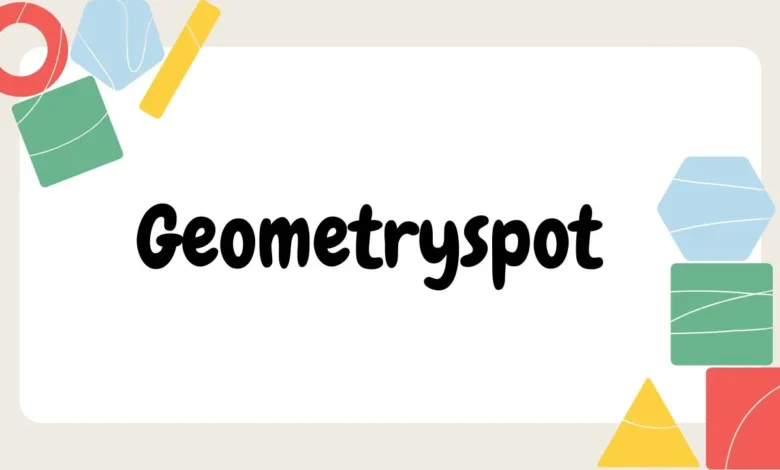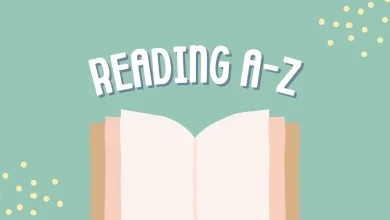Geometryspot: Everything You Need to Know

Geometry is all around us. From the shape of the buildings we live in to the design of the roads we travel, geometry plays a huge role in our daily lives. But what is geometryspot, and how can it help us better understand these shapes and forms? In this article, we will explore what makes geometry so important, how it’s used, and why learning about it is a good idea. We’ll cover all the basics in a simple way that even a 5th grader can follow.
What Is Geometryspot?
Geometryspot is a place where you can learn all about the different aspects of geometry. From basic shapes like triangles and squares to more complex ideas like angles and volume, geometryspot makes it easy for anyone to understand. Whether you are just starting to learn geometry or need help with more advanced topics, geometryspot provides the tools and information you need.
Why Is Geometry Important?
Geometry is important because it helps us understand the world we live in. By studying shapes, angles, and spaces, we can solve problems related to construction, navigation, and even art. Geometry is used by engineers, architects, artists, and scientists to create everything from bridges to skyscrapers. Geometryspot helps make learning these concepts fun and easy to understand.
How Do We Use Geometry in Real Life?
We use geometry in our daily lives more than we might think. When we cut a pizza into equal slices or figure out the shortest route to school, we are using geometry. Geometry is also used in technology, like when designing computer games or animations. Geometryspot helps explain these real-life applications so that students can see why learning about shapes and angles matters.
What Are the Basic Shapes in Geometry?
The first step in understanding geometry is learning about basic shapes. Some of the most common shapes you will find on geometryspot are:
- Triangles: Three-sided shapes with different types like equilateral, isosceles, and scalene.
- Squares: Four-sided shapes with equal sides and angles.
- Rectangles: Similar to squares, but with two longer and two shorter sides.
- Circles: Round shapes with no edges or corners.
Understanding these shapes helps students to get a good foundation in geometry. Geometryspot offers simple explanations and examples for each shape, making it easy for anyone to follow along.
What Is the Role of Angles in Geometry?
Angles are another big part of geometry. An angle is made when two lines meet at a point, and geometryspot explains how to measure angles using degrees. There are different types of angles:
- Acute Angle: Less than 90 degrees.
- Right Angle: Exactly 90 degrees.
- Obtuse Angle: Greater than 90 degrees but less than 180 degrees.
By understanding angles, we can figure out how to create strong structures, design buildings, and even solve puzzles. Geometryspot explains these angles in a way that’s easy to grasp, even for young learners.
What Are 2D and 3D Shapes?
Shapes in geometry can either be two-dimensional (2D) or three-dimensional (3D).
- 2D Shapes: These are flat shapes that have length and width but no depth. Examples include triangles, rectangles, and circles.
- 3D Shapes: These shapes have length, width, and depth. Some examples are cubes, spheres, and pyramids.
Geometryspot provides diagrams and explanations for both 2D and 3D shapes, helping students visualize and understand the differences between them.
How Is Geometry Used in Construction?
Geometry plays a crucial role in construction. Architects and engineers use geometry to design buildings, bridges, and other structures. By understanding the shapes and angles involved, they can create buildings that are safe, strong, and look good. Geometryspot covers how geometry helps in construction projects, from drawing blueprints to ensuring the structure stays standing during natural events like earthquakes.
What Are Coordinates in Geometry?
Coordinates help us locate points on a map or a graph. In geometry, we use the x-axis and y-axis to find where points are located. Geometryspot teaches students how to read and plot points using coordinates. Understanding coordinates helps with everything from making maps to creating computer animations.
What Are the Benefits of Learning Geometry?
Learning geometry has many benefits. It helps improve problem-solving skills, teaches logical thinking, and is useful in many careers. By studying geometry, students can also improve their ability to think critically about the world around them. Geometryspot makes these benefits clear by showing how geometry connects to real-life situations.
Benefits of Learning Geometry
| Benefit | Description |
|---|---|
| Improved Problem-Solving | Helps students approach challenges with a logical and structured mindset. |
| Career Opportunities | Important for jobs in engineering, architecture, and technology. |
| Enhanced Spatial Awareness | Helps people understand space and shapes better, aiding in navigation. |
| Real-World Application | Used in everyday tasks like construction, design, and technology. |
What Tools Do We Use in Geometry?
Several tools help make geometry easier to understand. Some of the most common ones are:
- Compass: Used to draw circles and arcs.
- Protractor: Helps measure and create angles.
- Ruler: Used to measure straight lines and lengths.
Geometryspot explains how to use each of these tools properly, ensuring students can complete geometry tasks with confidence.
Conclusion
Geometryspot is a great resource for anyone looking to learn more about geometry. Whether you are new to the subject or need help with advanced topics, this platform covers everything from basic shapes to complex angles.
Geometryspot makes learning fun and easy, showing the many ways geometry is used in our everyday lives. From building bridges to solving everyday problems, geometry is all around us, and understanding it better will make a big difference in how we see the world.



